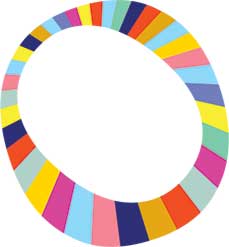Sex means different things to different people
Sex is a healthy and normal activity for people to be interested in. People have sex for many different reasons including pleasure, pregnancy, intimacy or closeness with a partner, to relieve stress or physical pain, or to have fun.
Some people define sex as penis-in-vagina intercourse, but not everyone wants to—or can—have this kind of sex. When people only talk about this one type of sex, it can erase entire groups of people who are not interested in having this kind of sex. For instance, some same-sex couples may not have this kind of sex. Some heterosexual couples will not have this kind of sex because of pain, lack of pleasure, lack of interest, or sexual dysfunction, too. Reframing how we think about what counts as sex can help people achieve greater sexual satisfaction in their relationships. Focusing on the goals of sex, more than the act, can help in this. There are many ways to achieve pleasure, deeper connection and intimacy, or even to create a pregnancy, depending on why people are choosing to have sex.
Types of activities that people may count as sex:
Abstinence is also a healthy and normal choice. Abstinence is when someone makes the active choice not to have sex.
Sometimes people will ask about the differences between “gay sex” and “straight sex”. The type of sex people have isn’t based on their gender, sexual orientation, age, shape or size, race, character, religion, or anything else like that. People get to choose what types of sex interest them and talk about those choices with their partner(s).

